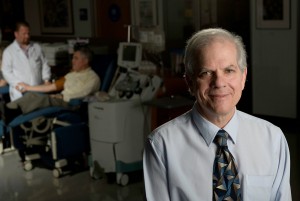Stanford University
300 Pasteur Drive, Stanford, CA 94304
USA

Presenter: Edgar G. Engleman, MD
Professor of Pathology, and of Medicine (Immuonology and Rheumatology)
Stanford University
Dr. Engleman is Professor of Medicine and Pathology of the Stanford University School of Medicine and Director of the Stanford Blood Center. He received his Bachelor’s degree from Harvard University and his M.D. from Columbia University School of Medicine. He completed three postgraduate training programs and now runs a research laboratory at Stanford. Dr. Engleman is also a Member of BioAsia Investments, a venture investment company investing in life sciences companies, and serves on the board of directors of several private biopharmaceutical companies.
Dr. Engleman’s research is directed at understanding the role of the cellular immune system in cancer and other life threatening conditions and in evaluating the potential to manipulate immune cells for the treatment of these diseases. They have been particularly interested in dendritic cells (DC) and their “first generation” methods for isolating and arming human DC with tumor antigens provided the basis for the Sipuleucel-T (aka Provenge) vaccine that was approved by the FDA in 2010 for the treatment of advanced prostate cancer. More recently, the lab has been studying functionally distinct DC populations, including DC that promote tumor formation and metastases, as well as DC that can induce anti-tumor immunity.
About the Event:
This event is free and open to all members of the campus community
Tim Doyle, PhD, will present a Bonus Technology Seminar entitled: “In-Vivo Imaging in Animal Models”
